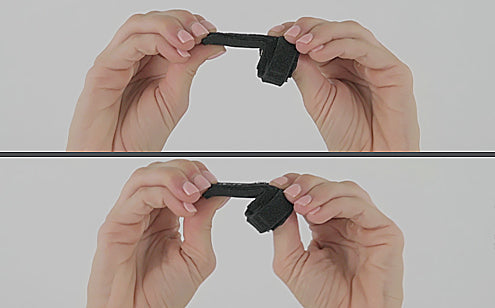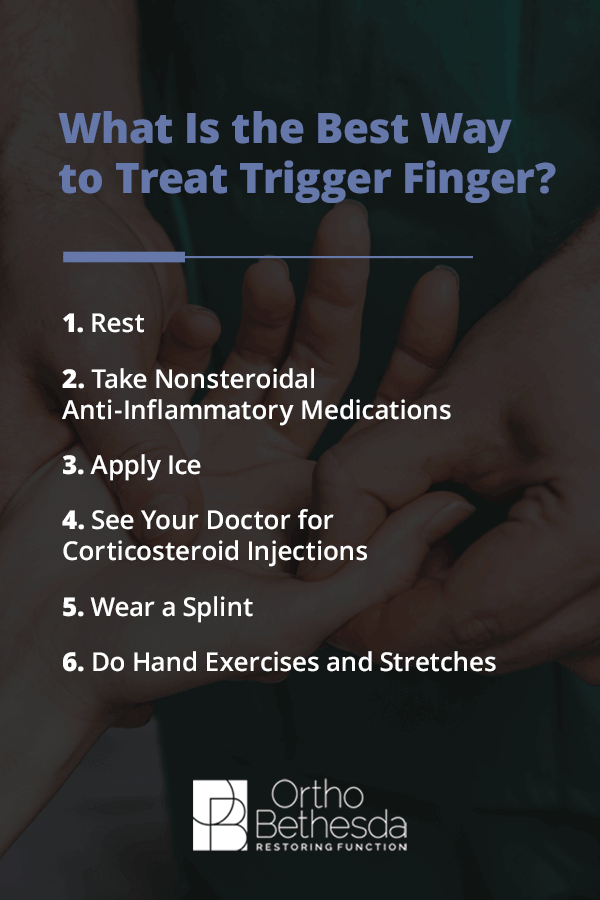
There are a number of Finger lock treatments. The first treatment involves a corticosteroid shot. This helps to reduce swelling and pain, but may not fix the problem completely. Once conservative measures fail, your doctor may recommend surgery. After a successful surgery, you can resume normal activities and rest your finger. A follow-up appointment will be scheduled 7 to 14 days later. If you experience chronic pain, it is recommended to visit a physical therapist.
Nonsurgical finger lock treatments include anti-inflammatory medications, local injections of steroid, and buddy taping. If these treatments do not help, you can try surgical methods. Your doctor may recommend a steroid injection or another procedure to help the finger heal. However, many people find these treatments too painful. If you are looking for an effective solution, your doctor will recommend a variety of options. You can also try a combination of treatments.
Trigger finger surgery is a practical way to treat the condition without the need for a hospital stay. This procedure involves making a small incision in the palm of the hand and releasing the affected tendon. Stitches close the incision. The success rate of open release surgery is 99.7%. If you cannot move your finger during the night, surgery is your best option. Once you recover from this procedure, you can move your finger as usual.
Non-surgical treatment of trigger finger does not require hospitalization and may result in minor triggering. Your doctor may recommend conservative manual therapy before recommending surgery. This method will help heal the inflamed tendon before you go to the surgeon. This method will help you unlock your finger without clicking or causing pain. It is one of the most popular treatment options for this condition. Once the condition is resolved, you can resume normal activities.
Trigger finger treatment should be tailored to your specific condition. Consider the causes and symptoms. This is a condition caused by inflammation of the flexor tendon of the thumb and fingers. Inflammation of the flexor tendon can lead to trigger finger. This condition affects the tendons that control the opening of the hand. Patients with this condition typically grasp, clap, and curl their fingers when they try to open their hands.

The goal of trigger finger treatment is to reduce the sticking and restore normal movement. A variety of non-surgical treatments are available, including injections and small splints. Injections are used to reduce inflammation and relieve triggers. The steroid injection will also improve finger gliding. It is important to consult your doctor and health website https://blognhadat360.com/
before injecting steroids for trigger finger. This procedure can cause temporary spikes in blood sugar levels.
Surgical treatment is a practical option for trigger finger. This is a non-invasive procedure and does not require a hospital stay. The procedure is performed through a small incision in the palm of the hand. During the procedure, the doctor will cut the tendon sheath and release it. Afterwards, the incision will be closed with stitches. While this is an effective treatment for trigger finger, it is not recommended for people with severe arthritis.
Surgical treatment may be needed for chronic trigger finger. The procedure is usually an outpatient procedure and uses a local anesthetic. In the case of a minor trigger finger, conservative treatment involves unlocking the triggered finger. The treatment must remove the constricting material that causes the locking of the tendon. After surgery, you should be able to walk without pain or popping. Your surgeon will perform the operation on a child between the ages of one and three years of age.
Nonsurgical treatment is an alternative for people with finger locking. In these cases, a doctor will prescribe anti-inflammatory medication, local injection of steroid into the joint, or buddy-tape the affected finger until the problem heals. If the pain persists, you may need to consult a physician. In some cases, the condition is temporary and can be treated with nonsurgical and surgical methods. The condition may not be curable, but it will improve.